Jack Bean
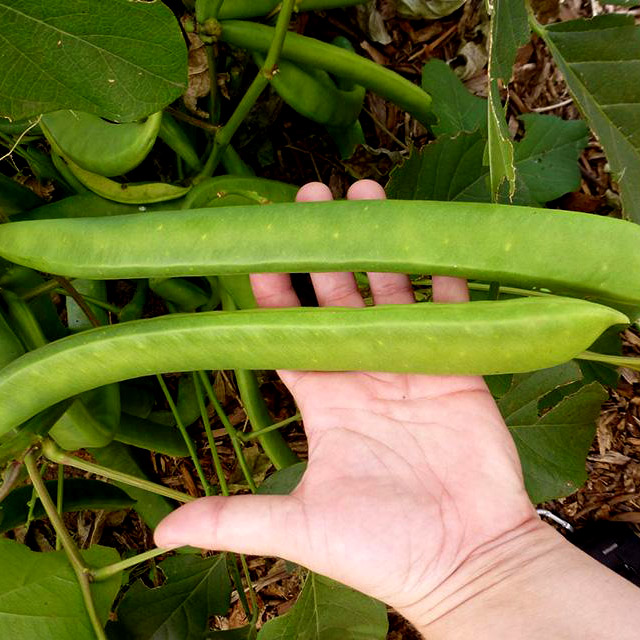

Jack Bean
Product Price:
₹60.00 Original price was: ₹60.00.₹45.00Current price is: ₹45.00.
Everyday essentials can support a healthier planet. This choice reflects a commitment to natural balance, using fewer resources and encouraging long-term use. Ideal for anyone looking to live more lightly and protect what matters most—our shared environment.
Description
🌱 Jack beans (Canavalia ensiformis) are robust, drought-tolerant legumes known for their soil-enriching properties, nutritional value, and versatility in agriculture and cuisine. Native to tropical Africa and the Americas, they’re cultivated worldwide for food, fodder, and green manure.
🌿 Botanical Profile
- Growth habit: Twining vine or shrubby annual; climbs up to 10 meters
- Leaves: Trifoliate, broad, and glossy
- Flowers: Pink, mauve, or white with a red base
- Pods: Sword-shaped, up to 36 cm long, containing 10–20 large seeds
- Climate: Thrives in hot, humid regions; tolerates poor soils and drought
🧪 Nutritional Highlights (Dry Seeds per 100g)
| Nutrient | Amount |
|---|---|
| Protein | ~24–30 g |
| Carbohydrates | ~59 g |
| Fiber | ~7.4 g |
| Calcium | ~158 mg |
| Iron | ~7.0 mg |
| Magnesium | ~480 mg |
| Phosphorus | ~600 mg |
Jack beans are rich in essential amino acids, antioxidants, and urease enzyme, which has applications in biotechnology.
💚 Health & Medicinal Uses
- Anti-inflammatory and antioxidant properties
- Traditionally used to treat:
- Digestive issues, coughs, asthma, obesity
- Skin conditions like acne and athlete’s foot (in Korea and Japan)
- Boils, neuralgia, and even schizophrenia in folk medicine
⚠️ Note: Raw seeds contain canavanine and other anti-nutritional compounds. Always boil thoroughly and discard water before consumption.
🍽️ Culinary Uses
- Tender pods: Stir-fried, curried, or pickled
- Seeds: Roasted as coffee substitute; used in soups and stews
- Leaves: Cooked like spinach in some cultures
🌾 Agricultural Benefits
- Nitrogen fixer: Improves soil fertility
- Green manure: Used in crop rotation and conservation farming
- Animal feed: Pods and foliage used for cattle, goats, poultry (after processing)
- Pest resistance: Suppresses nematodes and weeds in intercropping systems
Related products
-
Sale!
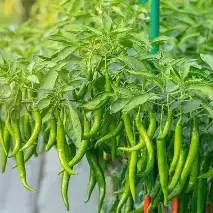
Chilli Rekha 919
₹40.00Original price was: ₹40.00.₹30.00Current price is: ₹30.00. Add to cart -
Sale!
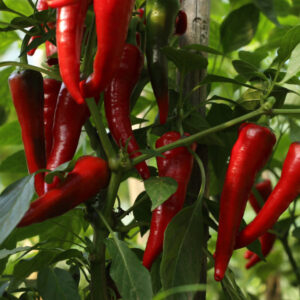
Byadagi Hot Chilli
₹40.00Original price was: ₹40.00.₹30.00Current price is: ₹30.00. Add to cart -
Sale!
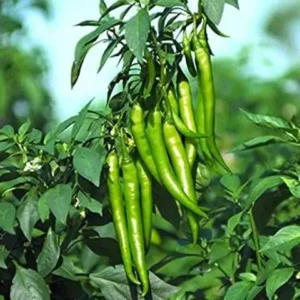
Anugraha Chilli
₹40.00Original price was: ₹40.00.₹30.00Current price is: ₹30.00. Add to cart -
Sale!
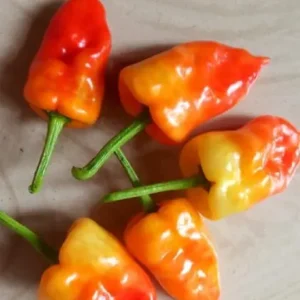
Sambar chilli
₹40.00Original price was: ₹40.00.₹30.00Current price is: ₹30.00. Add to cart -
Sale!
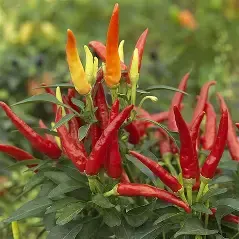
Surajmukhi Chilli
₹40.00Original price was: ₹40.00.₹30.00Current price is: ₹30.00. Add to cart -
Sale!
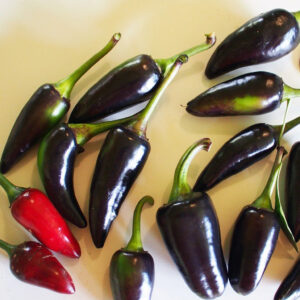
Black Chilli
₹40.00Original price was: ₹40.00.₹30.00Current price is: ₹30.00. Add to cart -
Sale!
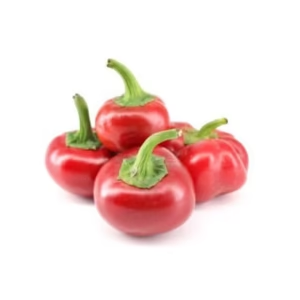
Cherry Chilli
₹40.00Original price was: ₹40.00.₹30.00Current price is: ₹30.00. Add to cart -
Sale!

Round Ball Chilli
₹40.00Original price was: ₹40.00.₹30.00Current price is: ₹30.00. Add to cart -
Sale!
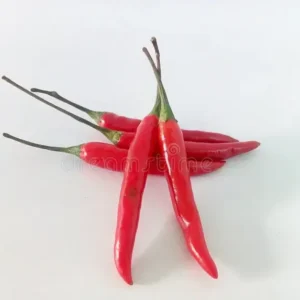
Chinese Chilli Medium spicy
₹40.00Original price was: ₹40.00.₹30.00Current price is: ₹30.00. Add to cart -
Sale!
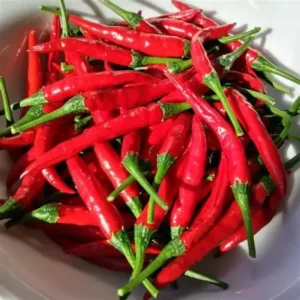
Chinese Chilli Spicy
₹40.00Original price was: ₹40.00.₹30.00Current price is: ₹30.00. Add to cart

GOSHO.STORE is your go-to online destination for quality products, great deals, and a seamless shopping experience. From everyday essentials to exclusive finds, we bring convenience, value, and customer satisfaction to the forefront of online shopping. Shop smart. Shop easy.
Shop with GOSHO.
Reviews
There are no reviews yet.